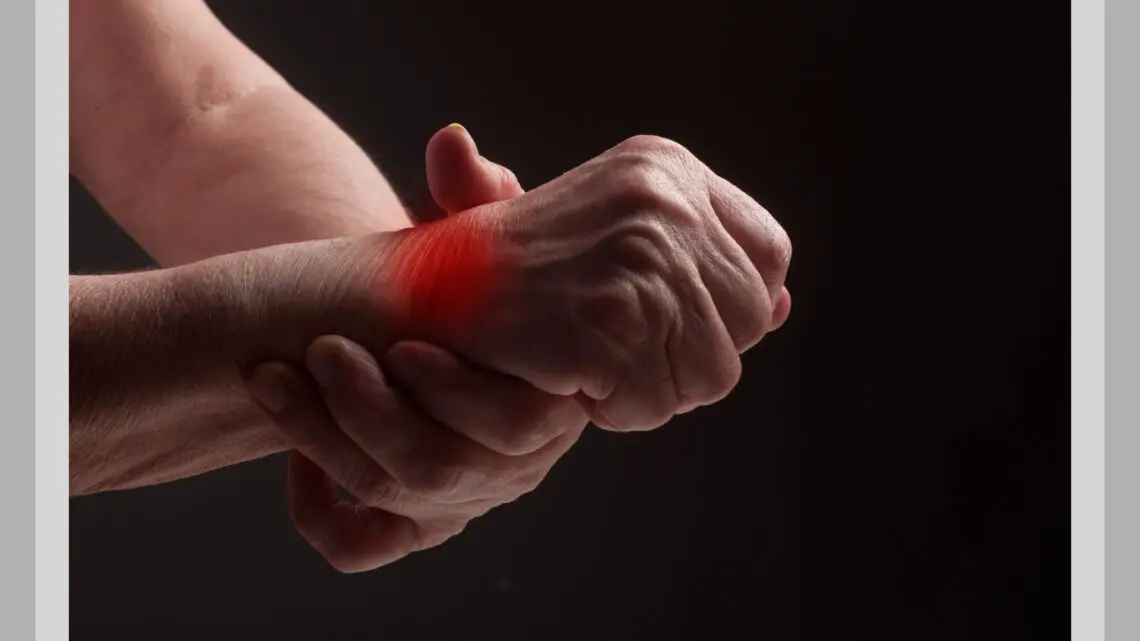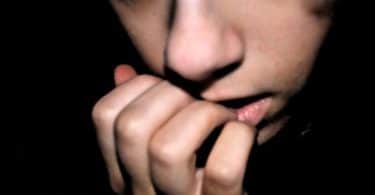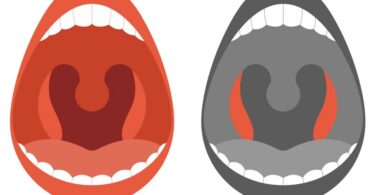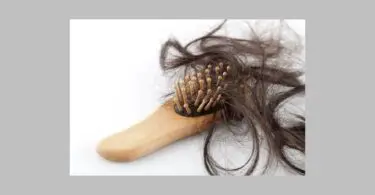CHIEF COMPLAINT
Mrs. V P, 68 years old, consulted me on 2nd December 2016 for rheumatoid arthritis.
| LOCATION | SENSATION | MODALITIES | CONCOMITANT |
| Finger Joints since 10 years
|
Pain
Stiffness
|
< Night
|
|
| Knee joint
Since 8-9 years |
Stitching pain
Weakness
Stiffness |
< Standing
< Ascending stairs < Standing < Night |
|
| Feet – sole
Corn since 2-3 years |
Pain |
PAST HISTORY:
Hysterectomy in 1997 – uterine fibroid; ovaries are preserved.
GENERALS:
Food: irritable when hungry2+
Desire: meat 2+, sweet
Aversion: milk3+
Perspiration: axilla, non-offensive, non-staining.
Sleep: sleeps on sides; salivation during sleep1+
MIND
The patient is a retired school teacher who was born and brought up in Nashik.
Education: M.A., B.Ed. She is the 3rd child of the four siblings. Father was strict regarding studies. Shifted to Mumbai in 1980 after marriage. Started teaching in government school 1985.
“Since the time I was diagnosed with R.A., I have become a little depressed. Don’t feel like talking to anyone. Don’t go out much, because people will come to know about my disease” (i.e. deformed finger joints?). “Whenever I do anything, I think how my actions will affect others. If it bothers them, then I don’t do it.”
Anxiety: at every small matter, ameliorates in open air2+
Anxiety: about health – “If something happens to me, what will happen to my children, who will take care of them?”
Fear: of accident, of going on an escalator.
History from husband: She is very restless, doesn’t sit in one place. She will keep herself busy by doing some activity. She cannot sit idle. She loves shopping. Also loves making rangoli, knitting and cooking.
Memory: Weak. She constantly feels that she is missing or forgetting something, so she keeps checking 2-3 times. When she goes shopping, she constantly checks her bag or purse. This is not only the case with money but also with her cupboard or kitchen, etc., she will always wonder whether she kept her things properly.
REPERTORY SHEET
PRESCRIPTION
Iodium 30C
4 drops 6 hourly
For 15 days
FOLLOW-UPS
| DATE | FOLLOW UP | PRESCRIPTION | COMMENT |
| 15th December 2016 | Severe aggravation in pain for initial 5-6 days followed by no improvement. | Iodium 30C
4 drops 4 hourly For 15 days
|
|
| 4th January 2017 | No change in the pain and the overall condition is same. | Iodium 30C
4 drops 4 hourly For 30 days
|
|
| 6th February 2017 | Slight amelioration (10%) in pain.
|
Iodium 200C
4 drops 12 hourly For 30 days
|
{Kent’s second observation: Long aggravation, but final and slow improvement. If, at the end of a few weeks, he is a little better and his symptoms are a little better than when he took the dose, there is some hope that finally the symptoms may have an outward manifestation whereby he will attain final recovery, but for many years you may go along with prolonged aggravations. You will find in such a patient there was the beginning of some very marked tissue change in some organ.} |
| 15th March 2017 | Pain is much better (40%) | Iodium 200C
4 drops 6 hourly For 30 days
|
|
| 17th April 2017 | No change in pain. | Iodium 200C
4 drops 4 hourly For 30 days
|
|
| 13th May 2017 | Severe aggravation in pain. | Iodium 1M
4 drops 12 hourly For 30 days
|
After effecting the patient for a few months, probably the potency is exhausted. Hence potency raised to 1M |
| 20th May 2017 | Finger joint pain –SQ-
Knee pain –SQ-
Finger joint pain < Night2+ No ameliorating modalities
Knee pain < Night3+, standing Slightly > by warm application Weakness in knees < Standing, ascending stairs |
Tuberculinum residuum CM
1 Dose
Iodium 1M 4 drops 12 hourly For 30 days
|
When the apparently indicated remedy fails: In a case where the apparently indicated remedy fails to act or there is a lack of response to a previously effective remedy, an intercurrent dose of the appropriate nosode can be prescribed |
| 30th June 2017 | Much better in pain- about 60%-70% | Tuberculinum residuum CM
1 Dose
Iodium 1M 4 drops 12 hourly For 30 days
|
|
| 4th August 2017 | Pain much better | Tuberculinum residuum CM
1 Dose
Iodium 1M 4 drops 12 hourly For 30 days
|
|
| 11th September 2017 | Pain in finger joint-0-
Pain in knee joint-0- |
Tuberculinum residuum CM
1 Dose
Iodium 1M 4 drops 12 hourly For 30 days
|
|
| 3rd November 2017 | No complaints | Iodium 1M
4 drops 12 hourly For 30 days
|
|
| 1st December 2017 | Since 12-14 days, complaint of pain3+ in left great toe.
Swelling with redness in left great toe. Pain < touch2+, cold3+ Pain > warm2+
Investigations: 2 December 2017 Uric acid: 10.3 ESR: 69
RUBRICS · EXTREMITIES – SWELLING – Toes – first – gout-like · EXTREMITIES – ARTHRITIC NODOSITIES – Toes · EXTREMITIES – PAIN – rheumatic – weather – cold – agg. · EXTREMITIES – PAIN – Joints – gouty · GENERALS – COLD – agg. · GENERALS – COLD – air – agg. · GENERALS – SEASONS – winter – agg. · GENERALS – WEATHER – cold weather – dry – agg. · GENERALS – WIND – cold – agg. · GENERALS – WIND – cold – dry – agg. |
Rhododendron 200C
4 drops 6 hourly For 7 Days |
Auxiliary treatment advised for high uric acid.
|
| 9th December 2017 | Slight amelioration in pain 10% | Rhododendron 1M
4 drops 6 hourly For 7 Days |
|
| 15th December 2017 | 40%-50% amelioration in pain. | Rhododendron 1M
4 drops 6 hourly For 7 Days |
|
| 23rd December 2017 | Not much difference in pain. It has not increased; its bearable.
|
Rhododendron 1M
4 drops 4 hourly For 7 Days |
|
| 3rd January 2018 | 90% amelioration in pain
Investigations: 2 January 2018 Uric Acid: 7.8 ESR: 49 |
Iodium 1M
4 drops 12 hourly For 30 days
|
Patient is still on Iodium 1M. Overall the patient is much better. Energy level is good. Mentally stable, anxiety is much better. Patient was encouraged to continue the uric acid diet to avoid further attacks.
Iodium – Grand Keynote Symptoms
- Amelioration by eating
- Anger or irritability if they skip a meal
- Constipation, with ineffectual urging amel by drinking cold milk
- Eats ravenously, yet emaciates
- Empty eructation from morning to night, as if every particle of food was turned into air
- Great weakness and loss of breath on going upstairs; during the menses
- Hot patient
- Leucorrhoea: acrid, corrosive, staining and corroding the linen; most abundant at time of menses
- Palpitation worse from least exertion
- Swelling and induration of lymph nodes, endocrine glands and thyroid with atrophy of mammary glands
- They have too many ideas and a tendency to execute them all at the same time.
- Very restless
J.J. Clarke – I have seen it given with excellent effect in lower attenuations, when swollen and deformed joints have been left behind after an attack of acute rheumatism (Homeopathy Treatment for Rheumatism).
Rhododendron Chrysanthum Indication
- Sensitive to windy or stormy wet weather; even if he is in the house. Rheumatic drawing, tearing pains in all the limbs, worse at rest and in wet, cold, windy weather.
- Amelioration: dry heat, motion or exercise.
- It is like Rhus tox., but in Rhododendron the pain is felt more in the periosteum and the deeper structures as compared to Rhus tox.
- Mostly affects the small joints. Acute inflammatory swelling of joints, wandering from one joint to another; severe at night.
- It is particularly important in gouty affection of the great toe-joint. There is usually a fibrous deposit in the affected part.
- The pains are drawing and tearing in character and are felt in the periosteum. It also affects ligaments of small joints. Like Causticum, Rhododendron abounds in arthritic nodes.
Tuberculinum Residuum Indication
- Aggravation from prolonged rest
- Amelioration from fresh air, movement when lying down
- Arthritic constitution
- Digestive heaviness
- Emaciation despite a normal appetite
- Pain in the joints and stiffness of ligaments
- Rheumatism: Shoulders painful, stiff, movements limited and difficult. Dorsal pains, aggravated by movement. Drawing pains in all the joints, with feeling of stiffness, aggravated on waking and after a prolonged rest. Aponeurotic and ligamentary retraction. Peri-arthritis. Ankylosis of the vertebral column. Tubercular rheumatism.
BIBLIOGRAPHY
- Hering: The Guiding Symptoms of our Materia Medica; 7th impression 2010; B. Jain Publisher
- George Vithoulkas – The Science of Homoeopathy; 5th edition 2009; published by the international academy of classical homoeopathy. Chapter 12 (page no: 163), 13(page no: 183), 14(page no: 195), 15(page no: 212), 16(page no: 224) and 17(page no: 237).
- Herbert A Robert: The Principles & Art of Cure by Homoeopathy; 3rd edition; B. Jain Publishers
- J T Kent: Repertory of the Homoeopathic Materia Medica; edition; B. Jain Publishers
- Kent James Tyler: Lectures on Homeopathic Materia Medica; 3rd ed., Philadelphia: Boericke & Tafel, 1923
- L. Dhawale: Principles & Practice of Homoeopathy; Fifth Reprint Edition 2008; Published By Dr. M.L. Dhawale Memorial Trust
- M Choudhuri: A Study of Materia Medica; revised and augmented edition march 2001; published by B. Jain Publishers; page no: 509, 868.
- A JULIAN: Dictionary of Homoeopathic Materia Medica; reprint edition 2006, B. J Publishers, page no: 325, 326, 327.
- Pierre Schmidt: The art of case taking and interrogation including other treasure works; B. Jain Publishers; 1st edition 2016
If this acute illness only came once in patient’s life, it is quite alright, but if it is a recurrent disease – throat pain or headache or anything like that – the time to give that remedy is always right after the acute crisis. That is the time when the body had tried to throw the toxic stuff away and is the best time to let the remedy act properly. So that is why, when he has an acute case, the art of the physician lies in taking care only of the symptoms of the moment, of the acute symptoms that he has before him, not to take into consideration that the patient has had tuberculosis, or cancer – these are beside the acute things. Please think the situation is bursting out, it is like a flare-up. The symptoms are clear, the desires and aversions are typical. So give at this time, please, consideration only to the acute symptoms, to the symptoms of the patient at the moment. And this is not the time to take into consideration the chronic case – the tendency of the family, the mother, the father, anything else. It is only when you have no results that it shows you it is not a pure typical acute case but is an exacerbation of the chronic disease. And here we make a distinction. Between the chronic and acute, there is a bridge and in the middle of the bridge is what we call the exacerbation of the chronic disease, which sometimes flares up. There you can give your remedy, which first is the acute one, then comes or follows the chronic one. And an interesting thing is that all the remedies have acute and chronic phases and we must try to find what are the indications of the acute phase.
- R. Phatak; Homoeopathic Materia Medica
- Samuel Hahnemann: Organon of Medicine; translated with preface – William Boericke; 6th edition; Indian Books & Periodicals Publishers
- William Boericke; Pocket manual of Homoeopathic Materia Medica with Indian medicine and repertory
- Software: RadarOpus 2.0.35






